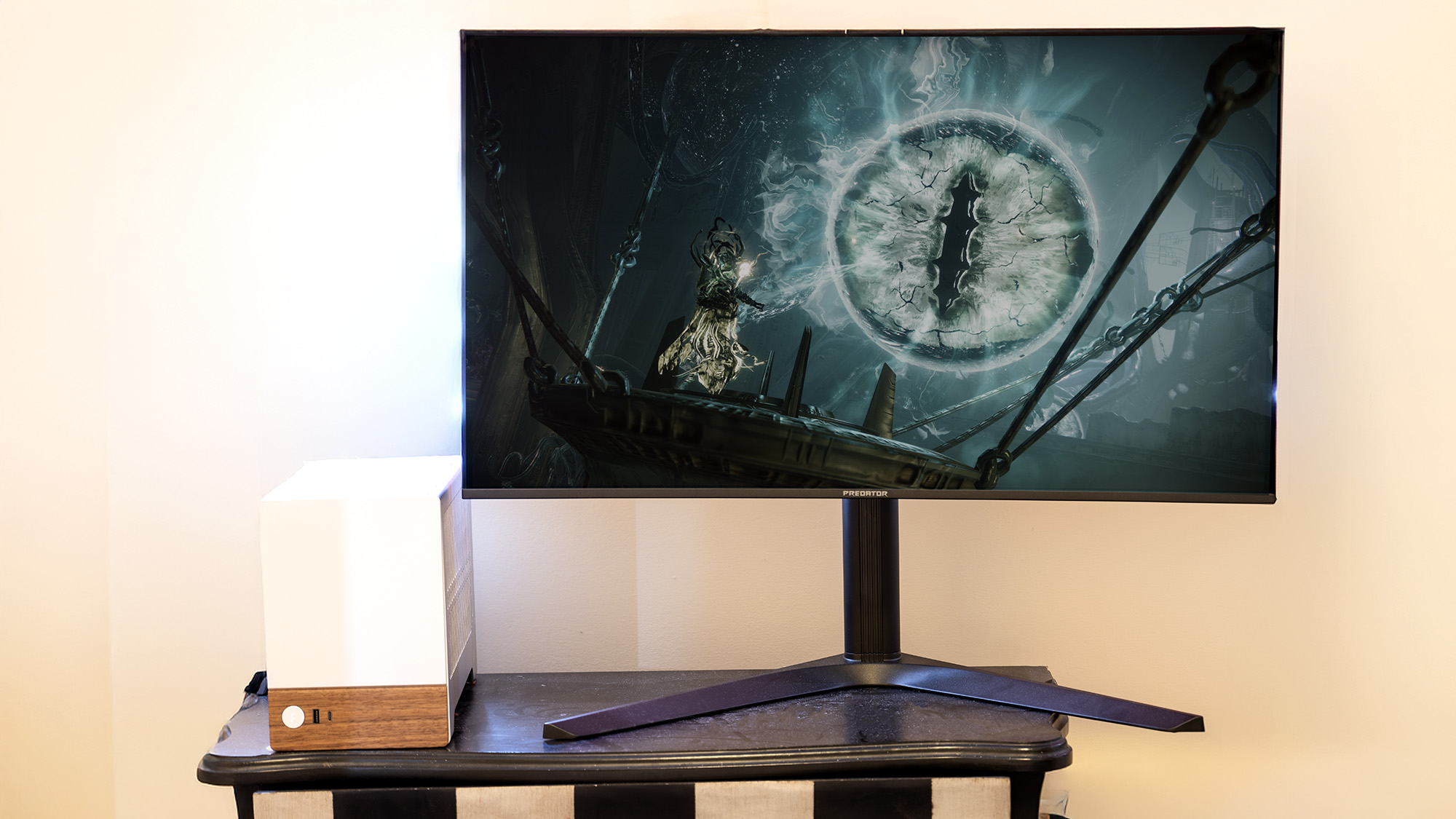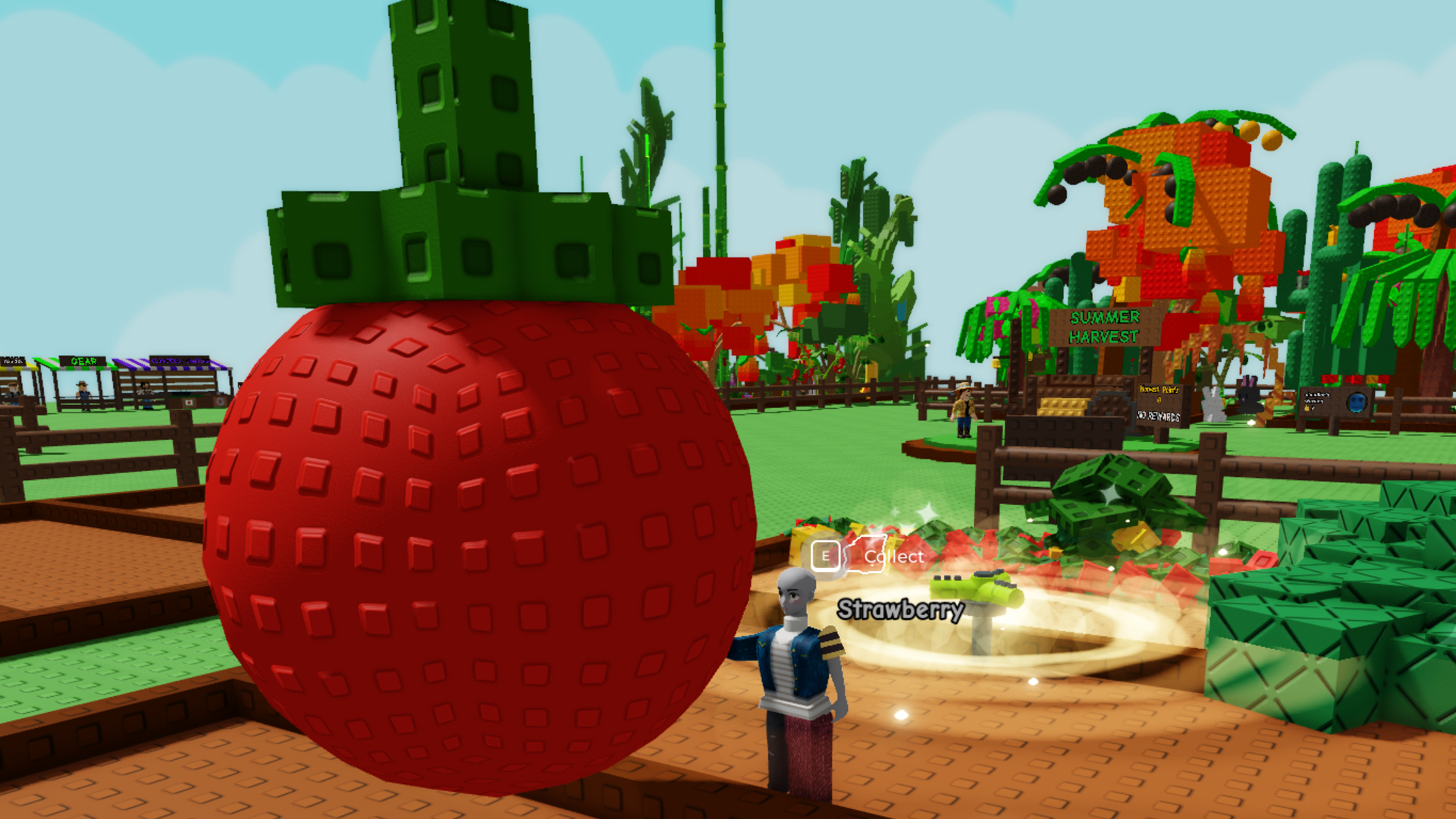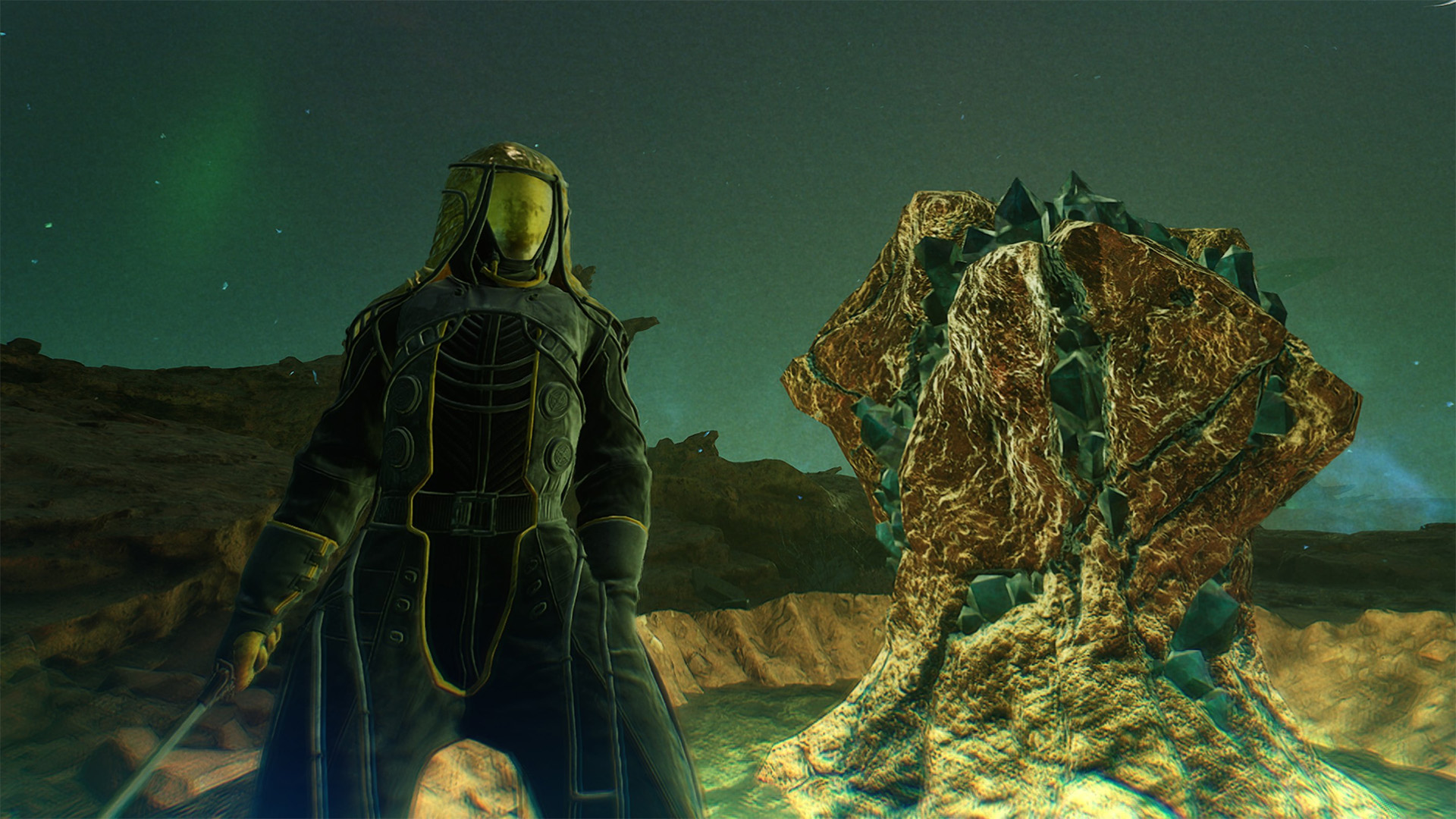
Baldur’s Gate 3’s mechanics are based on Dungeons & Dragons 5e (5th edition), but if you haven’t played the tabletop before, getting a good grasp of how things work in the game could be difficult. Not to worry: If you’re just getting started, or simply want to better understand how things work, here’s a beginner’s guide to Baldur’s Gate 3 explaining everything from how to make a good character to how combat works.
We gave Baldur’s Gate 3 a 10 in our review. Writer Leana Hafer said “With crunchy, tactical RPG combat, a memorable story with complex characters, highly polished cinematic presentation, and a world that always rewards exploration and creativity, Baldur’s Gate 3 is the new high-water mark for CRPGs.” Considering the high praise, it’s worth learning the ropes!
How to Build a (Good) Character
The first order of business is making a character. You can always choose an Origin Character and go with the recommended specs to make this part easy, but you can also make a custom character (which you’ll also need to do if you choose The Dark Urge Origin Character). Here are quick summaries of what each choice actually does, but click on each for more complete, thorough explanations. These pages also explain basics like how dice rolls work. You can also check out our comprehensive How to Build a Character in BG3 guide – or watch the video above!
Class: Your class is arguably the most important choice when building a character. It determines the Abilities you’ll want to invest in and generally how you’ll fight in combat, as each comes with a variety of weapon proficiencies, armor proficiencies, Spells, and other features. There are 12 Classes and 46 Subclasses in BG3 to choose from. You can always check out our Best Classes in BG3 guide for more advice, but they’re all viable! Race: Unlike traditional D&D 5e, your Race in BG3 does not affect your general stats. Instead, it provides special racial attributes, like Darkvision or special resistances; and of course, your appearance. Dialogue options may change depending on your Race as well, but don’t worry, your Race won’t disqualify you from any Romance in BG3! There are 11 Races in BG3 to choose from – and our Races and Subraces guide has a complete comparison chart. Ability Scores: Essentially, Ability Scores are your stats! Every action you perform in Baldur’s Gate 3–from attacking with a weapon to persuading an NPC–is modified by your Abilities. The higher your Ability score, the more likely you’ll succeed with whatever you’re trying to do. See our full BG3 Abilities Guide for explanations of how ability checks work, and what each ability affects. The Abilities guide also thoroughly explains how dice rolls work in general. Background: This is a bit of flavor that can change some dialogue and dictate what grants you “Inspiration” – a currency that essentially lets you try again if you fail. These 12 Backgrounds also provide two proficiencies in Skills.Skills: Skills include things like Perception, which allows you to notice things around you; and Persuasion, which allows you to persuade an NPC. Any character can use any Skill, but having a Skill proficiency will add a bonus to your dice roll along with the usual Ability Score modifier, making you more likely to succeed with that Skill. There are 18 Skills in BG3 – and your choices of Class, Background, and sometimes Race or Feats will affect which skill proficiencies you can choose.
During these selections you’ll also make a “Guardian” – see Who is the Guardian? for more information.
Can You Respec in BG3?
If you end up not vibing with your character, don’t worry, you can always respec everything except for Race and Background, even very early on. You can miss this though, so see How to Find Withers and Respec to learn how.
Crucial Baldur’s Gate 3 Tips
To get more acquainted with the most important mechanics, check out these most crucial Baldur’s Gate 3 tips. This video gives you a quick rundown of things like how to quickly change your gear, how weapons actually work, and what Karmic dice is and how to change it.
To get you started, you’ll want to find all of your potential Companions in BG3 so you can create the best party compositions. Before equipping weapons or armor, make sure that character is proficient in them so you’ll actually use them efficiently. Same goes for Spells, like Shadowheart’s Intelligence-based Firebolt. She has a bad INT score. This is why she misses with it so much!
Here are some more quick and important guides:
How to Level UpHow to Revive CharactersHow to Sheath Your WeaponHow to Get the Digital Deluxe ItemsHow to Disarm TrapsHow to Dye Armor and ClothingHow to Prepare and Change SpellsHow to Change Party MembersRitual Spells (these can be cast outside of combat without using a spell slot!)
For explanations for some especially under explained mechanics, read (or watch!) 20 Things Baldur’s Gate 3 Doesn’t Tell You.
How Baldur’s Gate 3 Combat Works
For the Baldur’s Gate 3 players who are new to D&D or CRPGs in general, the combat system and action economy can be difficult to adjust to. In the Dungeons and Dragons 5th edition ruleset that Baldur’s Gate 3 emulates, each full round of combat encompasses six real-time seconds. A round being one full rotation through the Initiative Order (in which every character has one turn). Keep that thought in mind when in combat scenarios, as it can help you understand why some of your actions and abilities are limited in the way they are.
You can watch the video above or head to our comprehensive Baldur’s Gate 3 Combat Guide and Tips page for a detailed break down, but here’s a quick summary of what you can do in combat:
Initiative is determined by a 20-sided dice roll plus your Dexterity Ability Modifier added as a bonus. The higher your roll, the sooner your turn will be. Actions are generally limited by one per turn unless your character has special features. These actions include weapon attacks and spells, as well as general abilities Dash, Disengage, Throw, and Hide. Rogues can perform some of these actions as a Bonus Action! Actions are noted by a green circle. Bonus Actions are smaller abilities that can be done in the same turn as an Action. These include the general Jump, Shove, and Dip (dipping a weapon into an affected surface like poison); but can also include certain spells like Healing Word or class abilities like Barbarians Rage. Reactions like Opportunity Attacks or certain spells occur when triggered by another event. It’s pretty self-explanatory, but each one is unique, so read what their trigger is. You only get one Reaction per round though, so use them carefully. Opportunity Attacks may be toggled to happen automatically, so check your settings if you want to be prompted before performing a Reaction. Movement is just the distance your character moves in a turn. You can move, do something, and move again, but the total distance you can cover in a turn is determined by your Race and any bonuses you may have activated. The most common movement speed is 30 feet.
Keep in mind you can “set up” for combat before initiating it by strategically placing your characters!
Advanced Baldur’s Gate 3 Tips
Okay, you understand the basics, but you want more. We’ve got you – watch the video above for a quick-hit list of 44 advanced tips you probably don’t know!
If all else fails, we have a Baldur’s Gate 3 Main Story Walkthrough plus guides for any Baldur’s Gate 3 Side Quests you may encounter. Some of our most popular guides so far include how to deal with Auntie Ethel and how to complete the Gauntlet of Shar Trials, so maybe keep those bookmarked for later.
This was a lot, but you can always return to refresh later. May your dice always roll in your favor.
Casey DeFreitas is IGN’s deputy editor of guides and loves D&D. Catch her on Twitter @ShinyCaseyD






